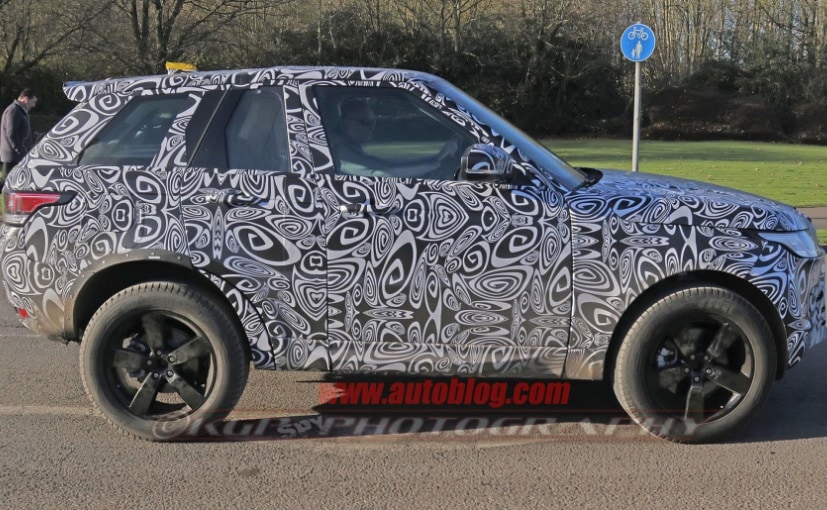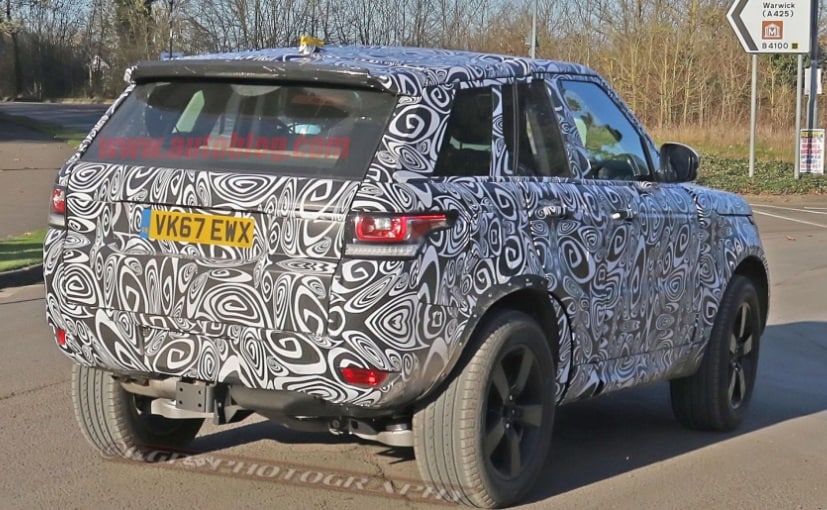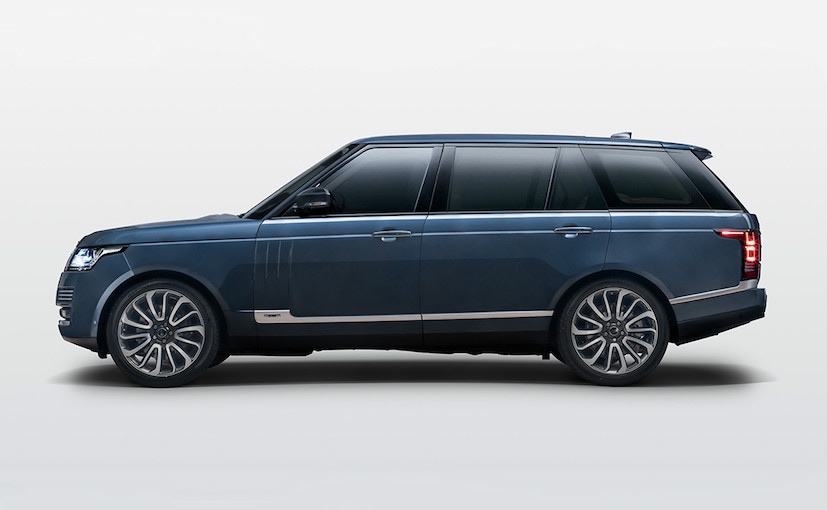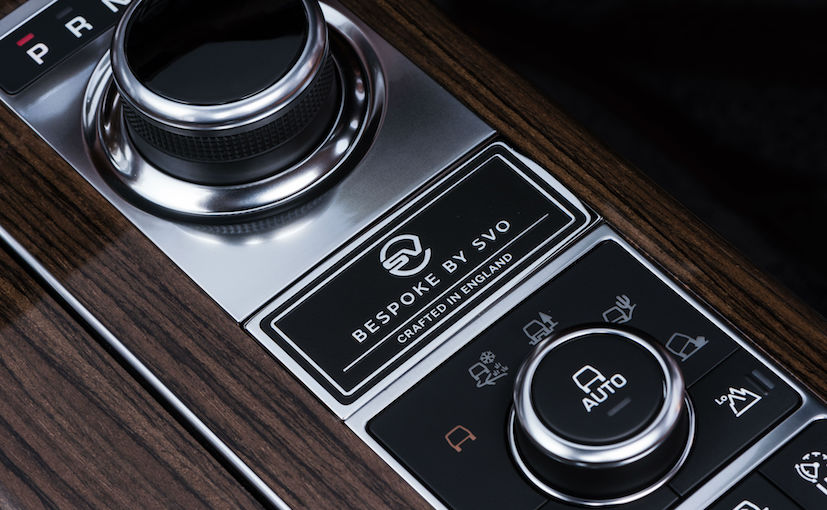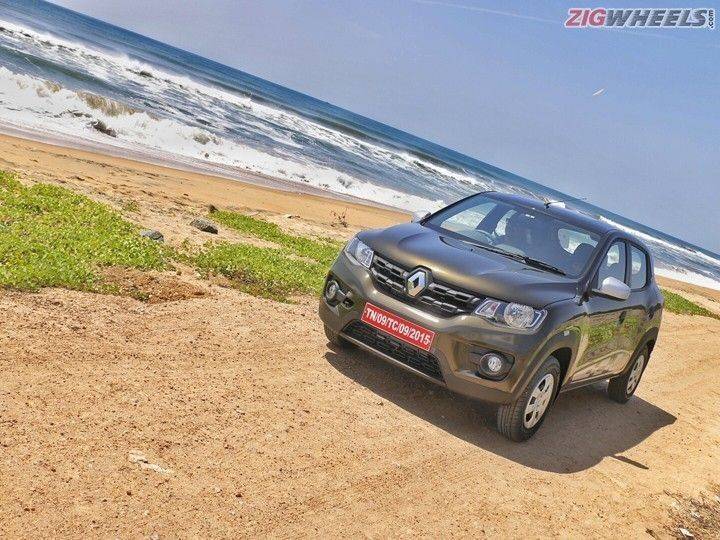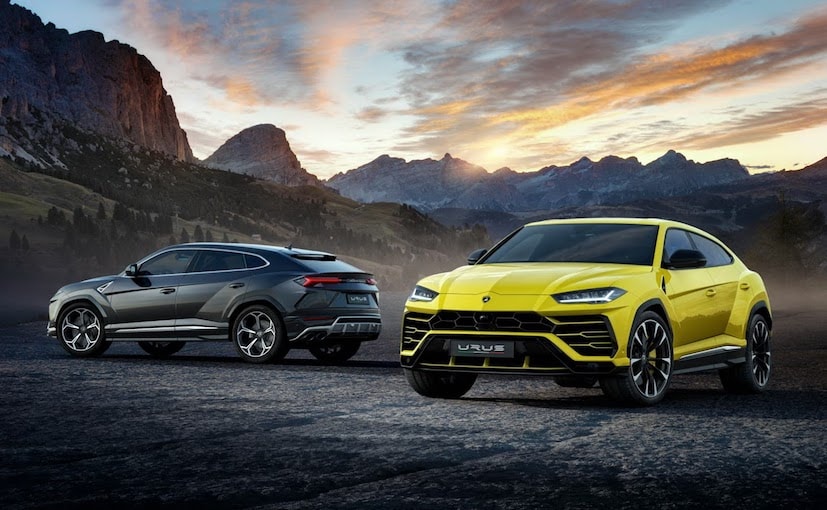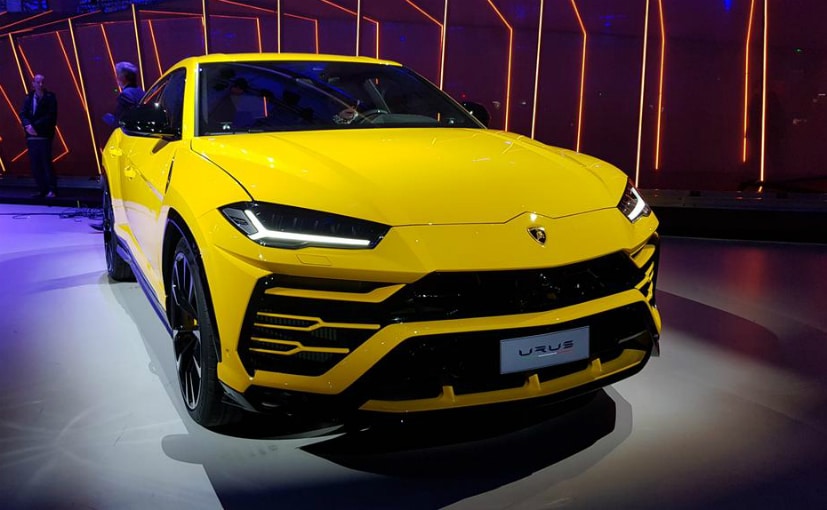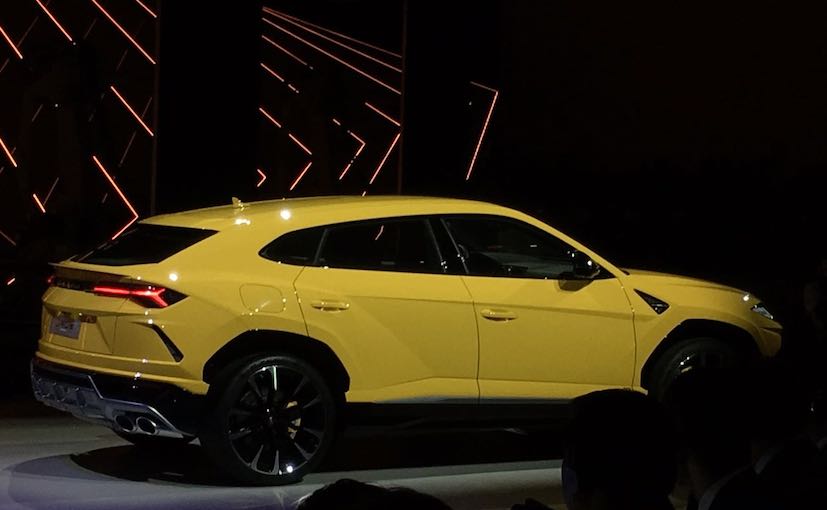
The I-Pace is Jaguar’s first electric vehicle, and although it’s still months away from showrooms, we got a ride in a preproduction prototype built using the final tooling. Jaguar isn’t doing the final assembly for the I-Pace; instead, Magna Steyr, the contract builders of the Mercedes-Benz G-class and the BMW 5-series, will screw them together in Graz, Austria. Despite not driving the Jag ourselves—that will come later—we did learn a bit more about the I-Pace even as company executives remain largely tight lipped regarding final specs, how much it will cost, how quickly it will charge, and whether Jaguar will be making any infrastructure investments like Tesla.
The I-Pace will go on sale late next summer in Europe and should arrive in the United States in the fall. Most of the stats that Jaguar would discuss were lifted directly from the concept version shown a year ago. A range of more than 200 miles is promised, made possible by a 90.0-kWh battery pack that uses pouch-type lithium-ion cells. Jaguar is employing an outside supplier for its batteries; we’re guessing it’s Panasonic, given the Panasonic/Jaguar partnership in the Formula E electric racing series. In contrast, the two identical electric motors that move the I-Pace were designed in-house. One is located up front and the other at the rear, each independently driving an axle; together they provide all-wheel drive and a default 50/50 front-to-rear torque split that can be altered to adapt to slippery conditions. The motors also can perform this trick in the interest of efficiency. Each motor is good for 200 horsepower and 258 lb-ft of torque, for totals of 400 horses and 516 lb-ft.

Despite the camouflage wrap concealing the look of the crossover’s aluminum body, we could see that the I-Pace has an interesting vent in the hood that allows air to pass over the exit of the radiators and help extract heat while, according to Jaguar, improving aerodynamics—a 0.29 drag coefficient is claimed. If you’re wondering why an EV has a radiator at all, the answer is that an EV’s battery needs to be cooled to remain in its optimal operating-temperature range, as they can generate a lot of heat when they’re being charged or quickly discharged. In this case, Jaguar’s solution is liquid cooling via coolant, a radiator, and a circulating pump.
From the passenger seat, the I-Pace experience is pretty typical of most electric cars. There’s a largely hushed whirring from the motors—in the prototype this sound became particularly loud when the I-Pace was decelerating and recharging its battery via regenerative braking, although Jaguar tells us that the production version may be quieter. Speaking of regenerative braking, two selectable modes are available. The first is more conventional, meaning you need to use the brake pedal more often, while the second is more aggressive and allows you to drive using only the accelerator. Lifting off the throttle provides enough braking force to slow the vehicle without having to apply the four-wheel disc brakes. The ride from the air-spring-equipped I-Pace we rode in was supple despite the large 22-inch wheels wrapped in 255/40 Pirelli P Zero tires.

Acceleration is quick and, as in a Tesla Model S, the power hits right away. Jaguar claimed a zero-to-60-mph time of 4.0 seconds when the concept was unveiled, and we have no reason to doubt that time. Inside, the seats are comfortable and there’s a decent amount of rear-seat space—about what you might find in Jaguar’s mid-size F-Pace crossover. Large pieces of cloth camouflage were draped over the interior, but we could see a touchscreen that appears to be shared with the rest of the Jaguar lineup.
Oh, and why is this vehicle called the I-Pace, when E-Pace—the name Jaguar is using for its new, conventionally powered compact SUV—seems to make more sense? The reason is that Jag’s Formula E race car is called the I-type, so the brand’s electric vehicles will get the letter I instead of the letter E. We still think E-Pace would be a better fit, but with that burning question answered, we now must wait until the I-Pace officially debuts in March to see the final styling and learn the rest of the details.
source: caranddriver.com





